
In this article we look at tips and hints for buying rock shoes / rock boots. The tips and advice are aimed primarily at beginners, but some are also useful for experienced climbers. The article also contains links to our UKC rock shoe reviews and gives information on where to buy rock shoes and how to size rock shoes.
New to climbing? Want your feet to stick to the rock like a racing car tyre sticks to the track? You are going to need rock shoes (sometimes called rock boots) and buying your first pair can be pretty tricky.
What size should you get? Where should you get them from? How do you get the best deal? Whatever your plan, we advise not rushing in to your first pair of shoes. Rock shoes are one of the major pieces of climbing gear and can really affect how well you climb and how much fun you will have - it's really worth the extra effort to get it right.
Hopefully our top ten tips will help you get on the right track.
1. Try before you buy.
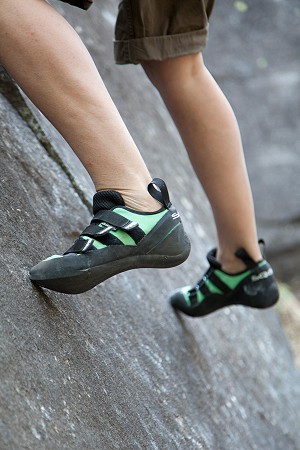
2. Buy from a knowledgeable shop.
Not only should you try before you buy, but you should try your rock shoes at a specialist retailer, and one that has a good range of shoes to choose from. A good climbing shop will be able to offer you advice on what model would be best suited to you, as well as measuring your feet and getting you fitted out with the correct size shoe.
3. Don't get them too small!
Top climbers sometimes squeeze their feet in to very small rock shoes, in order to stand on very small holds... This is very painful! You don't need to get your shoes so tight that you can't breathe!
A good snug but comfortable fit is what you are after for a first pair of shoes. If you are uncomfortable, then you won't enjoy your climbing. Also if your feet hurt it makes it very difficult to stand on small holds due to the pain!
Extra tip: Beware the young hot shot climbing shop assistant who advises you to go for really small shoes - they think everyone wants to be a rockstar, but actually comfort is key.
4. Get one pair to do everything?
Rock shoes come in different designs these days. Comfortable, performance, stiff, soft, extreme etc. You want an all around shoe as your first shoe. A rock shoe that you can wear at the crag and at the climbing wall for long sessions. You don't need to be able to hang off your toes like Batman!
If you get to the stage in your climbing that you want multiple pairs of shoes, tailored to specific styles of routes or climbing, then you will probably have tried out quite a few models and brands for yourself and know what you are after. If you want some tips on this - see tip number ten for some thoughts for more advanced climbers.
Rock shoes come with laces, with velcro fastenings and with slippers. Laces offer slightly more adjustment than velcro, which in turn offers slightly more adjustment than slippers. Slippers and velcro shoes are easier to take on and off, but more important than any of that is to get some shoes that fit. All of the fastenings will work okay if the shoes fit you.
5. Some shoes do stretch.
Remember that some rock shoes can stretch over time, but not usually by too much, perhaps half a size. Ask at the shop for advice on how much each individual model stretches and tailor your choice accordingly. A lined rock shoe is less likely to stretch as much as an unlined rock shoe.
6. Online deals are cheap - but will they fit?
As stated earlier in the article, it is important to buy from a climbing shop so you can have first hand knowledge, however if you already know your model and size - why not check out the retailers that partner with UKClimbing.com? They are linked at the base of this article.
7. The sizes can be very odd.
Just because you are a size seven in one manufacturer's shoe does not mean you will be the same size in another manufacturer's shoe.
Rock shoes vary massively in size from brand to brand and even model to model - by up to several sizes. It really is important to try them on! They will usually bear absolutely no relation to your normal street shoe size.
It seems some climbing shoe companies size their shoes by fairly standard street shoe sizes, whereas some think - 'okay so a street size seven would want a shoe this snug, so we'll call this a seven...' and everything in between.
After 18 years of climbing, I still can't guess my size in an unfamiliar brand or model.
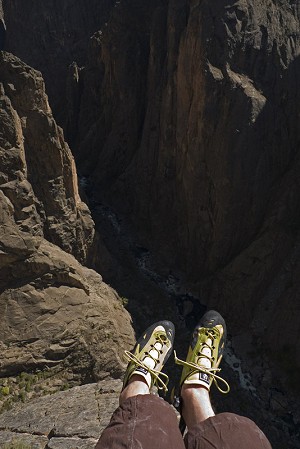
What works for your best mate might not work for you. Different shapes of feet are catered for differently in climbing shoes, and you need to shop around for a pair that fits you.
9. How to tell if they fit?
Aim to have a good snug fit all around the shoe. You shouldn't have baggy bits or pockets of air in the shoe.
You shouldn't need to pull the laces completely tight (or the velcro) because if the shoes stretch you will have no extra adjustment. If you have very slim feet try and find a 'low volume' shoe. Often men with slim feet can go for a model of shoe designed for women, as women specific models are often lower volume.
Be careful that the fit around your ankle bone is comfortable. Some shoes are too high on some ankles and can dig in under your bone.
Make sure your Achilles tendon is comfortable and the shoe doesn't press too hard against it.
10. More advanced tips.
Here's a couple of tips for more experienced climbers or those wanting more specific advice on rock shoe fitting:
The toe box: Many experienced climbers buy their rock shoes to fit their feet with their toes bent over at the knuckles. This is a stronger position for the toes and is like 'crimping' for your feet. This can be uncomfortable at first, but after time your feet do become more accustomed to the position. (Note: This is not necessary for beginners, and many climbers who prefer comfort over performance still go for shoes that hold their toes straight!)
Stiff or soft? Really the answer is 'both'. A stiff shoe will give you support on 'edgey' footholds and is better for standing on very small, positive holds. A softer shoe bends more and is better for 'smearing' and standing on very slopey footholds.
You may find that with a stiff shoe you dislike the lack of sensitivity and feel unable to tell how the foothold feels, or you may find that your feet get tired in soft shoes and your prefer the support of a stiffer model.
I find for very long multipitch routes I prefer a stiff shoe (for foot support) but in a larger size than normal (for comfort).
Some people prefer soft, some prefer stiff. Most advanced climbers have at least one pair of each.
- For all the UKClimbing.com Rock Shoe Reviews - visit our GEAR PAGE



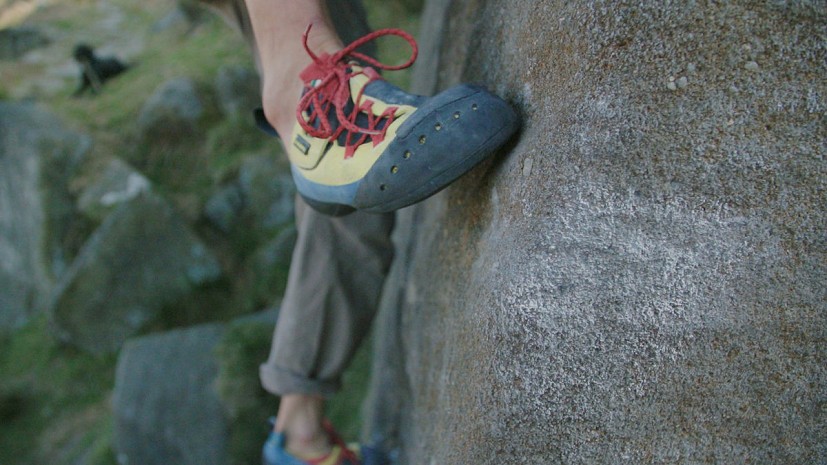
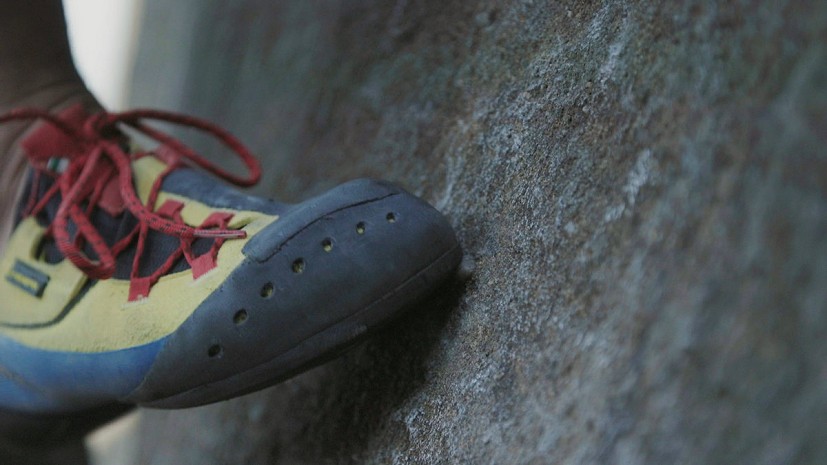

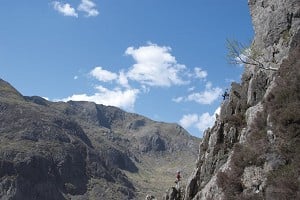

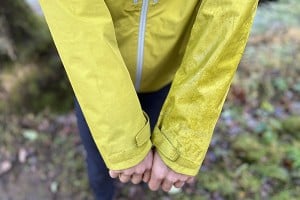
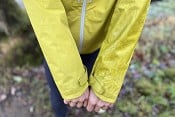








Comments